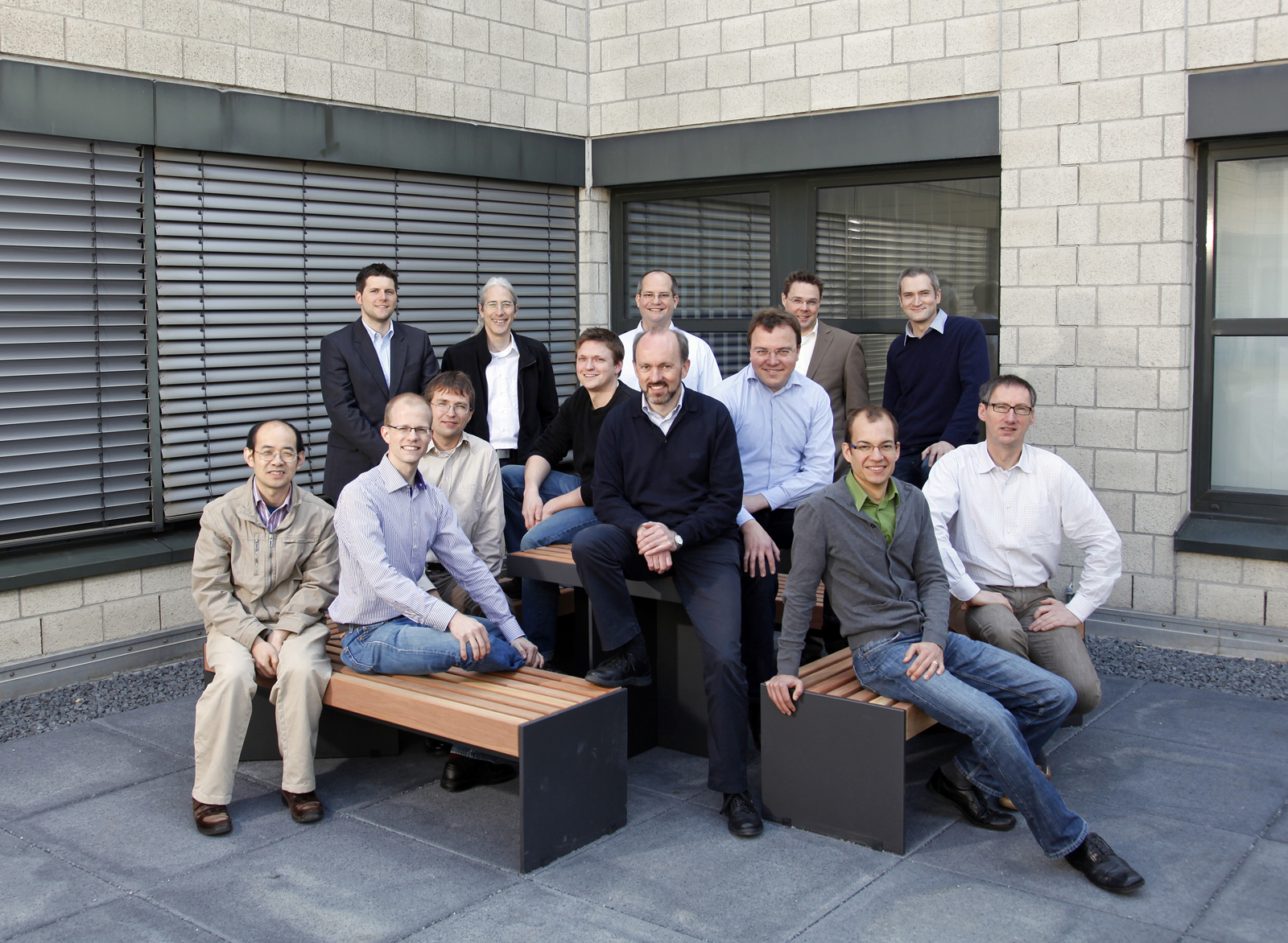Ultra-short laser pulses for science and industry
The shorter the pulse duration, the more precisely the laser tool operates. Ultra-short laser pulses of outstanding high average püower are opening the doors to new applications in high throughput materials processing. Thanks to the short pulse duration, thermal damage of the material being processed is minimized.

Laser technology uses light. Light can be rapidly and precisely deflected, shaped and focused. If we pulse laser light and reduce pulse duration more and more, the laser tool works even more precisely. A benefit: The material being processed heats up less and less. High-power, ultra-short pulses, then, are the ideal solution for medical applications, in brain surgery for instance, as the cerebral membrane is not damaged. Or for removing tumor tissue thereby conserving the surrounding tissue and blood vessels. This precision technology is also valued in the processing of materials, glass for instance: Lasers are able to cut narrow speaker ports in smartphone displays.
For years, ultra-short laser pulses have been used for the extremely precise and gentle processing of highly-sensitive materials. Until now though, they have often lacked in power. The newly developed laser platform solves this problem with the INNOSLAB amplifier as its core. Four mirrors surround a laser crystal plate – the slab. Pump radiation enters at the two opposite faces of the slab. Ultra-short laser pulses are repeatedly reflected by these mirrors and pass through the slab several times. Energy is transfered from the pump radiation to the laser pulse until the required power is achieved.
The INNOSLAB platform was developed by the Fraunhofer Institute for Laser Technology ILT in Aachen and refined further together with several partners from industry and science: the Chair for Laser Technology at RWTH Aachen University, the Max Planck Institute for Quantum Optics MPQ in Munich and the companies Jenoptik AG, EdgeWave and Amphos – the latter two being ILT spin-offs.
To develop new markets for laser systems with ultra-short wavelengths, the team of developers had to increase the mean laser output of ultra-short pulse beam sources – up to several hundred watts. Higher power makes high volume production in industrie and shorter measuring times during scientific experiments possible. Between 2008 and 2011, two joint projects revolved around developing the new beam source: The aim of the PIKOFLAT project, supported by the Federal Ministry for Education and Research BMBF, was to structure printing tools and embossing dies. The goal was to reduce processing times while significantly increasing quality. One of the results of this project is the production of embossing cylinders that are used to create extremely fine artificial leather surfaces for the automotive industry. In the second joint project, KORONA, Fraunhofer collaborated closely with the Max Planck Institute of Quantum Optics in Garching near Munich and with RWTH Aachen University. The scientists jointly developed a compact beam source whose ultra-short wavelengths makes it possible to examine nano-structures.
The team received the Stifterverband‘s science award in recognition of its outstanding cross-location, multi-disciplinary collaboration on the laser platform for scaling the power of ultra-short laser pulses.